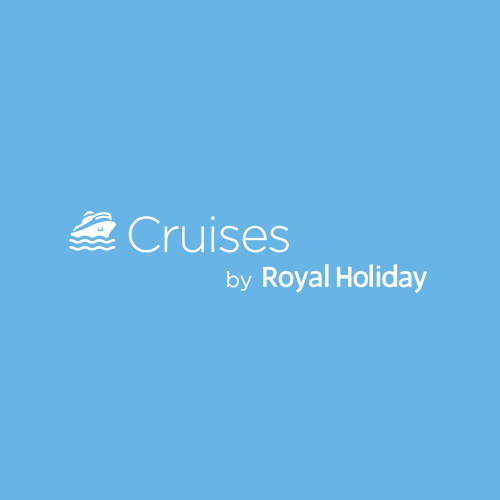The new year is off to a great start for the cruise industry. According to a new study from the analysts at independent consulting firm GP Wild, cruising is one of the absolute safest modes of travel around.
The study, which goes by the rather dry title of “Report on Operational Incidents, 2009–2013,” examined emergency incidents aboard the world’s cruise vessels over a period of several years. The types of events analyzed included fires, collisions, sinkings, storms, passengers falling overboard, engine failures, and other dangerous incidents.
The verdict? Cruising, it turns out, is among the safest ways to travel, whether compared to vacation, business, or even daily personal travel. In fact, cruises tie with commercial airlines for first place in safety. In the five years from 2009 through 2013, the study noted 102 significant incidents on cruise ships that resulted in 215 injuries and 50 deaths, most of which occurred during the wreck of the Costa Concordia in the Mediterranean Sea in 2012.
According to the study’s findings, cruising is over 40 times safer than traveling via ordinary passenger automobile. Even more impressive is the fact that the number of dangerous incidents on cruises dropped by about 13 percent, even though cruise capacity rose nearly 19 percent in the same time period. Incidents in every category of emergency decreased, especially “man overboard” cases, which dropped by half. Overall, there were fewer serious incidents over time, even though more people were cruising.
The study was commissioned by the Cruise Lines International Association (CLIA) and drew data from dozens of publicly available information sources, both governmental and private. The encouraging results should assuage any passenger’s fears about taking an ocean vacation.
The statistics paint a clear picture: cruising really is one of the most secure, relaxing, and stress-free ways to travel. So break out the sunscreen and travel guides, and start thinking about your next cruise destination today!

